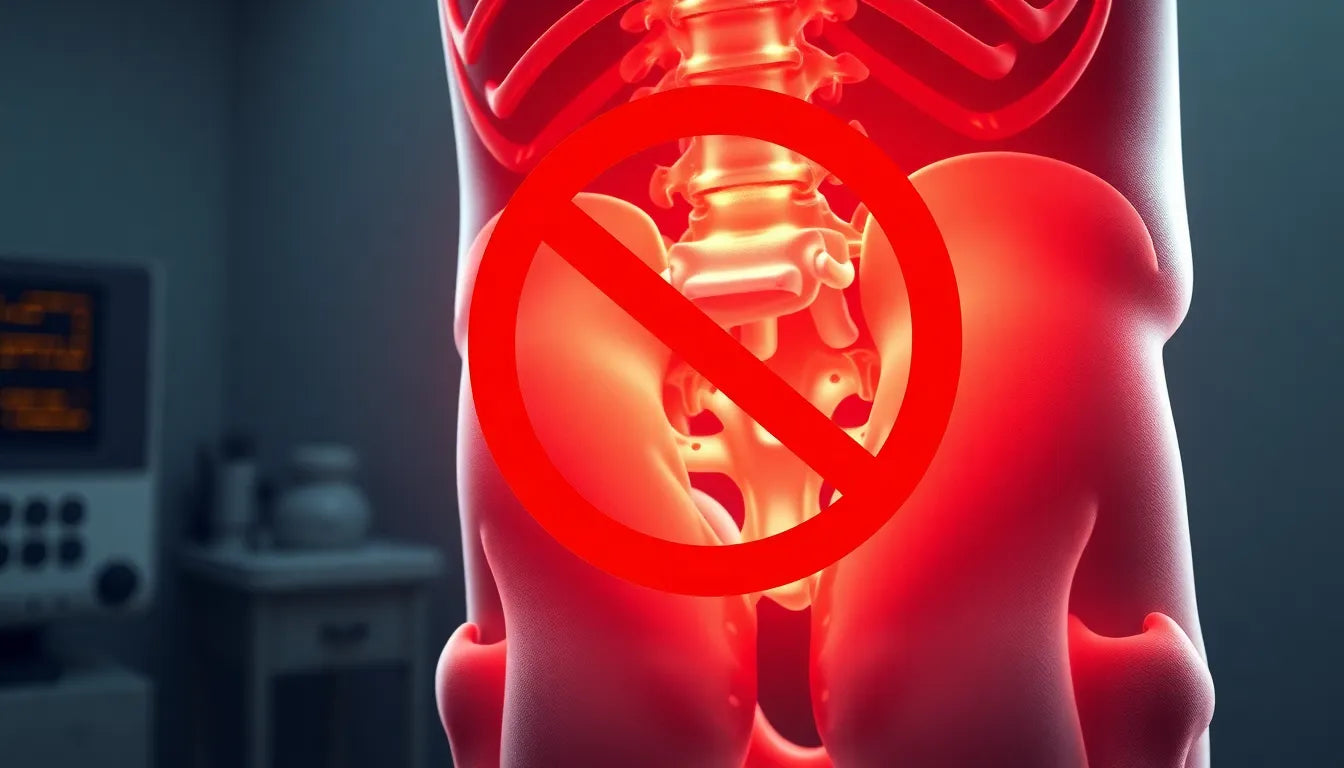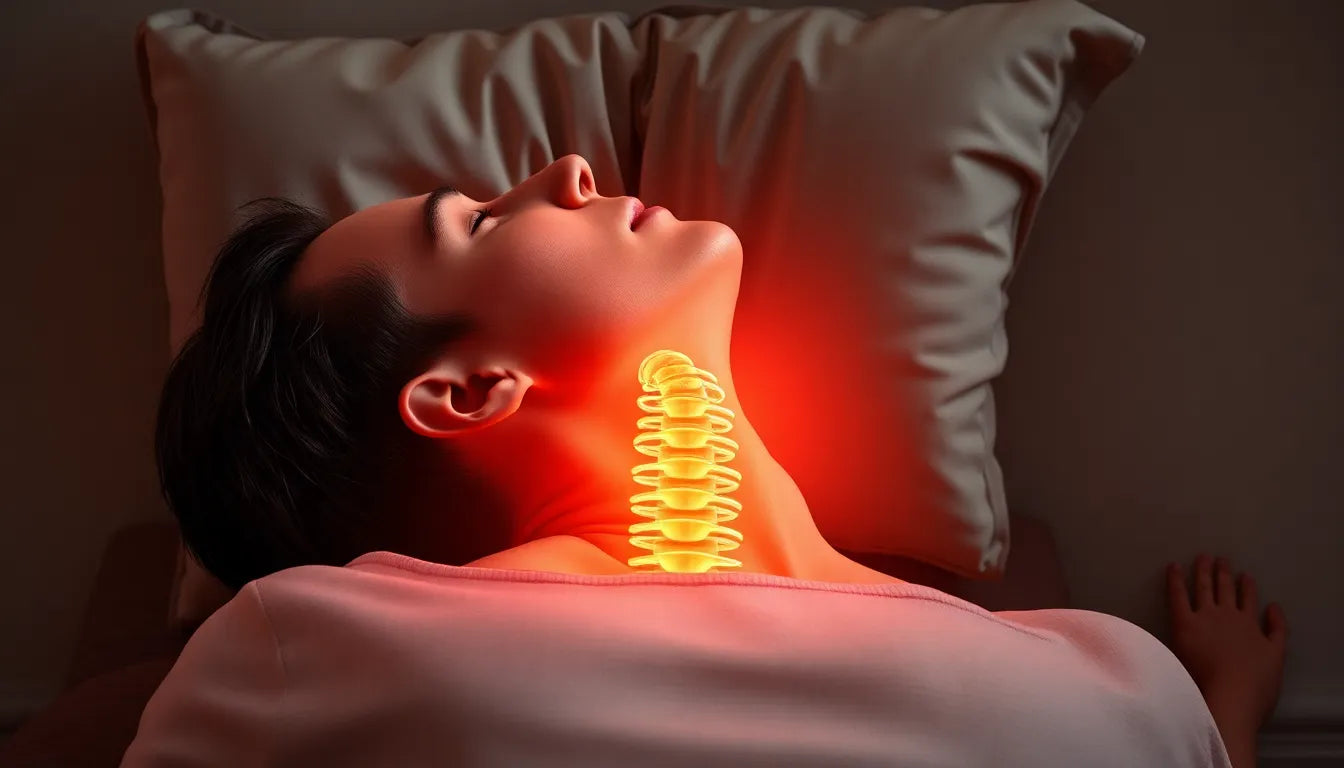A herniated disc can be a daunting diagnosis, often associated with discomfort and pain that disrupts daily life. Understanding this condition is the first step toward finding effective relief. A herniated disc occurs when the soft, gel-like center of a spinal disc pushes through a tear in its tougher outer layer. This displacement can irritate nearby nerves, leading to symptoms such as pain, numbness, or weakness in the limbs, depending on the location of the herniation.
For many, the prospect of surgery can be intimidating. However, non-surgical treatments offer a promising path to recovery for most individuals with herniated discs. These treatments focus on relieving symptoms and promoting healing without the need for invasive procedures. With a variety of conservative options available, patients can often find significant relief and improve their quality of life.
The prevalence of non-surgical success
It's reassuring to know that over 90% of herniated disc cases resolve successfully with non-surgical treatments. Esteemed medical institutions like the Mayo Clinic and Cleveland Clinic highlight the effectiveness of conservative care, emphasizing that most individuals experience substantial improvement without the need for surgery. This high success rate offers hope and reassurance to those affected, encouraging them to explore these options before considering surgical interventions.
Setting expectations for treatment
While surgery remains a valid option, it is typically reserved for severe cases or when conservative treatments fail to provide relief. It's crucial to set realistic expectations for recovery, understanding that early intervention and adherence to a well-structured treatment plan are key to achieving the best outcomes. By focusing on non-surgical approaches, patients can often manage their symptoms effectively and avoid the risks associated with surgical procedures.
In the following sections, we will delve deeper into the various non-surgical treatments available for herniated discs, providing a comprehensive guide to help you navigate your path to recovery. Whether it's through physical therapy, pain management, or lifestyle adjustments, there are numerous strategies to explore that can lead to a healthier, pain-free life.
Exploring conservative treatment options
When addressing a herniated disc, the initial focus often involves conservative treatment strategies, which are designed to alleviate symptoms and promote healing without the need for surgery. One of the primary steps in this approach is activity modification and rest. It's crucial to avoid activities that might exacerbate symptoms, such as heavy lifting or prolonged sitting, which can place additional pressure on the spine. Incorporating periods of rest can significantly aid in reducing inflammation and allowing the body to heal naturally.
Physical therapy plays a pivotal role in the conservative management of herniated discs. A tailored physical therapy program can include strengthening exercises aimed at supporting the spine, improving flexibility, and enhancing overall posture. Techniques such as core stabilization exercises and gentle stretching can help relieve pressure on the affected area and improve spinal alignment. Below is a table of common exercises recommended for those with a herniated disc:
| Exercise | Purpose |
|---|---|
| Pelvic Tilts | Strengthen lower back and core muscles |
| Knee-to-Chest Stretch | Relieve tension in the lower back |
| Cat-Cow Stretch | Improve flexibility and spinal alignment |
| Bird Dog | Enhance core stability and balance |
Effective pain management techniques
Pain management is another critical component of non-surgical treatment. Oral medications, such as non-steroidal anti-inflammatory drugs (NSAIDs) and muscle relaxants, can be effective in reducing pain and inflammation. Additionally, alternative therapies like acupuncture and chiropractic adjustments are gaining popularity for their potential to provide relief. According to Sciatica.com, these therapies can complement traditional treatments and offer significant benefits.
Advanced non-surgical interventions
For individuals who do not experience sufficient relief from initial conservative treatments, advanced non-surgical interventions may be considered. Epidural steroid injections are one such option, providing targeted pain relief by reducing inflammation around the affected nerve roots. This can be particularly beneficial for those experiencing severe pain or neurological symptoms.
Another innovative approach is spinal decompression and traction. These therapies aim to relieve pressure on the spine by gently stretching it, which can help reposition the herniated disc material and alleviate nerve compression. This method has shown promise in improving symptoms and enhancing mobility without the need for surgical intervention.
Lifestyle and ergonomic adjustments for recovery
Incorporating lifestyle and ergonomic adjustments is essential for supporting recovery and preventing future herniated disc issues. Ergonomic aids, such as lumbar support cushions and adjustable chairs, can help maintain proper posture and reduce strain on the spine during daily activities. Making simple changes at home and in the workplace, like using a standing desk or taking regular breaks to stretch, can also contribute to a healthier back.
Ultimately, a comprehensive approach that combines conservative treatments, advanced interventions, and lifestyle modifications can lead to significant improvement for individuals with herniated discs. By focusing on non-surgical options, patients can often achieve lasting relief and return to their normal activities with confidence.
When surgery becomes necessary
While most herniated disc cases can be effectively managed with conservative treatments, there are instances where surgical intervention may be necessary. Surgery is typically considered when a patient experiences significant neurological symptoms, such as severe weakness or loss of bladder control, or when there is no improvement after an extended period of non-surgical treatment. In these cases, surgery aims to relieve pressure on the nerves and restore function.
Common surgical procedures for herniated discs include microdiscectomy and laminectomy. A microdiscectomy involves the removal of the herniated portion of the disc through a small incision, minimizing tissue damage and promoting faster recovery. A laminectomy involves removing a portion of the vertebral bone, or lamina, to relieve pressure on the spinal cord or nerves. Both procedures are typically minimally invasive, with recovery times varying based on individual health and the extent of the surgery.
Prognosis and long-term management
The prognosis for individuals with herniated discs is generally positive, especially for those who adhere to a comprehensive treatment plan. Most patients experience significant improvement with non-surgical treatments, and ongoing care is crucial to prevent recurrence. Regular follow-ups with healthcare providers, adherence to prescribed exercises, and maintaining ergonomic practices can help sustain recovery and prevent future issues.
Long-term management may also involve lifestyle modifications, such as maintaining a healthy weight, staying active, and avoiding activities that strain the back. By integrating these practices into daily life, individuals can reduce the risk of further spinal issues and enjoy a more comfortable, active lifestyle.
Frequently asked questions
Can a herniated disc heal on its own?
Yes, many herniated discs can heal on their own over time with the help of conservative treatments. The body can often reabsorb the herniated material, leading to symptom improvement.
When is surgery needed for a herniated disc?
Surgery is typically considered when there is severe pain, significant neurological impairment, or when conservative treatments fail to provide relief after a reasonable period.
What exercises help with a herniated disc?
Exercises focusing on core strengthening, flexibility, and low-impact aerobic activities are often recommended. These may include pelvic tilts, knee-to-chest stretches, and gentle yoga poses.
How can ergonomic aids help in recovery?
Ergonomic aids can reduce strain on the spine, support proper posture, and facilitate a more comfortable recovery process. Using lumbar support cushions and adjustable chairs can be particularly beneficial.
In conclusion, while the journey to recovery from a herniated disc can be challenging, the majority of cases can be managed effectively without surgery. By exploring and adhering to non-surgical treatments, individuals can find relief and regain their quality of life.
Sources
- Mayo Clinic. "Herniated Disk: Symptoms and Causes."
- Sciatica.com. "Herniated Disc Treatments."
- Cleveland Clinic. "Herniated Disk: Overview and Treatment Options."
- Cuellar Spine. "Understanding Herniated Discs and Treatment Options."
- MidAmerica Orthopaedics. "Herniated Disc: Non-Surgical and Surgical Treatments."
- Northeast Spine and Sports. "Comprehensive Guide to Herniated Disc Treatments."


















